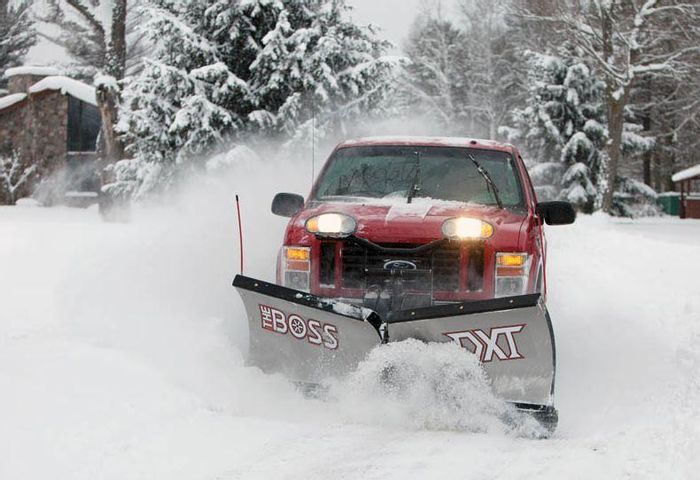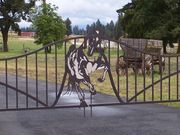A Comparison Between Trusses & Stick Framing for Roofing

When you are building a roof, one of your primary consideration should be the type of framing to use. There are two kinds to choose from—stick framing and custom trusses, the latter being the new kid on the block. Of the two, stick framing has been the de-facto choice for old school contractors, but trusses have been growing in popularity for their innovative design and quick installation. Below are a few things to know about them.
How They Differ
As the name implies, stick framing uses lumbers, otherwise known as rafters, that are cut piece by piece to fit and form the roof’s sloping frame. These rafters are then adhered to frame the ceiling and have it attached to the roof. The entire assembly process takes considerable time and effort since it involves cutting and sticking each piece one by one on-site for better roof support.
Trusses, on the other hand, are premade frames that are structurally engineered to handle equal loads and span distances without too much support. They are produced with steel plates at the joints, which makes assembly fast and simple. With custom trusses, the roof’s structure is uniform, well constructed, and stable.
Why Choose Trusses
Stick frames are suited for homes with elaborate steep hip roofs or half-stories with loft or shed roof styles. Custom trusses, however, can get the job done as well. There are plenty of benefits to using a roof truss system as compared to conventional framing.
-
Cost-effective: Because roof trusses are designed and manufactured beforehand according to specifications, installation takes less time and incurs lower costs than stick framing.
-
Safe: Setting up trusses requires the use of cranes instead of laborers manually installing the rafters high off the ground during stick framing. This reduces the risks of falling from scaffolding and ladders.
-
Sturdy: Custom trusses are engineered to handle drag loads, seismic reactions, and wind gusts to make your roof able to withstand harsh weather conditions.
-
Fast assembly: It only takes a few hours to fully install a roof truss system, which is a shorter time than stick framing, which typically takes days to complete.
What to Consider When You Opt for Custom Trusses
Among your primary consideration when choosing to go with trusses is the contractor. Hire a builder who has impressive credentials and extensive experience in custom trusses. Know which type of lumber will be used in forming the trusses, as the materials used are a significant factor in the structure’s durability and safety. For reference, white fir and hem fir are the top choices but research other options if those are unavailable.
For quality custom trusses, look no further than Currier’s Certified Welding in Kalispell, MT. Serving the entire community of Flathead Valley, they also offer top-notch steel fabrication and welding work, including custom metal art, railings, and wrought iron gates. Call (406) 752-2366 to discuss your custom trusses needs or inquire via their website.
About the Business
Have a question? Ask the experts!
Send your question

